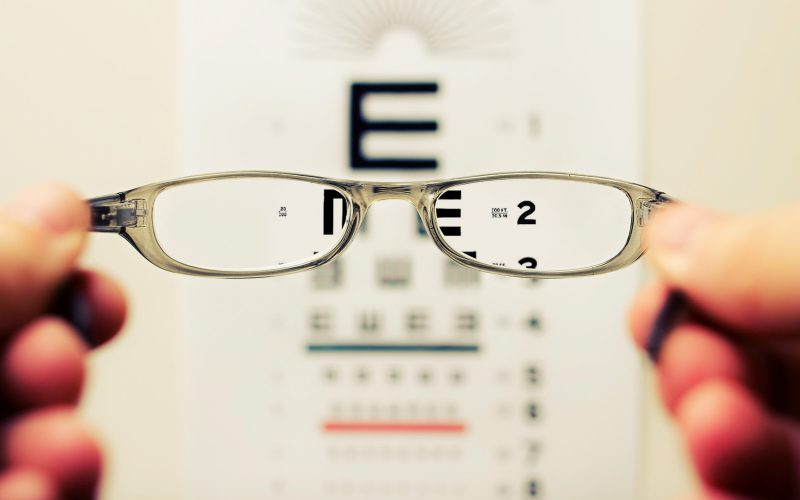Glaucoma is a serious eye condition that can lead to blindness if left untreated. According to the World Health Organization (WHO), glaucoma is the second leading cause of blindness worldwide, affecting over 76 million people. In the United States, an estimated 3 million people have glaucoma, and half of them don’t even know they have it.
Glaucoma is a group of eye diseases that damage the optic nerve, which connects the eye to the brain. The damage is often caused by high pressure in the eye, known as intraocular pressure. However, not everyone with high intraocular pressure develops glaucoma, and some people with normal intraocular pressure may develop the condition. That’s why it’s important to understand the risk factors associated with glaucoma.
Age Age is a major risk factor for glaucoma. The condition is more common in people over the age of 60. However, glaucoma can occur at any age, even in infants and children.
Family history If you have a family member with glaucoma, your risk of developing the condition is higher. The risk increases if the family member is a first-degree relative, such as a parent or sibling.
Ethnicity Certain ethnic groups are more at risk of developing glaucoma. African Americans, Hispanics, and Asians are more likely to develop primary open-angle glaucoma (POAG), the most common form of glaucoma in the United States.
Medical conditions Several medical conditions can increase the risk of developing glaucoma. These include diabetes, high blood pressure, and hypothyroidism.
Eye conditions People with certain eye conditions, such as high myopia (nearsightedness), thin corneas, and optic nerve abnormalities, are more at risk of developing glaucoma.
Medications Some medications, such as corticosteroids, can increase intraocular pressure and lead to glaucoma.
Lifestyle factors Some lifestyle factors can increase the risk of developing glaucoma. These include smoking, excessive alcohol consumption, and a sedentary lifestyle.
Early detection is key to preventing vision loss from glaucoma. That’s why it’s important to get regular comprehensive eye exams, especially if you are at higher risk of developing the condition. During an eye exam, your eye doctor will measure your intraocular pressure and examine the optic nerve for signs of damage. They may also perform visual field testing to check for any changes in your peripheral vision.
If you are diagnosed with glaucoma, your eye doctor will recommend treatment based on the severity of the condition. Treatment options include eye drops, laser surgery, and traditional surgery.
In conclusion, understanding the risk factors associated with glaucoma is essential for early detection and prevention of vision loss. If you are at higher risk of developing glaucoma, make sure to get regular comprehensive eye exams and speak with your eye doctor about any concerns you may have. Remember, early detection can save your vision.
It is crucial to verify information and sources. In this article, the information presented is based on reputable sources such as the World Health Organization, the American Academy of Ophthalmology, and the National Eye Institute. It is also important to adhere to journalistic ethics by presenting accurate and unbiased reporting.












